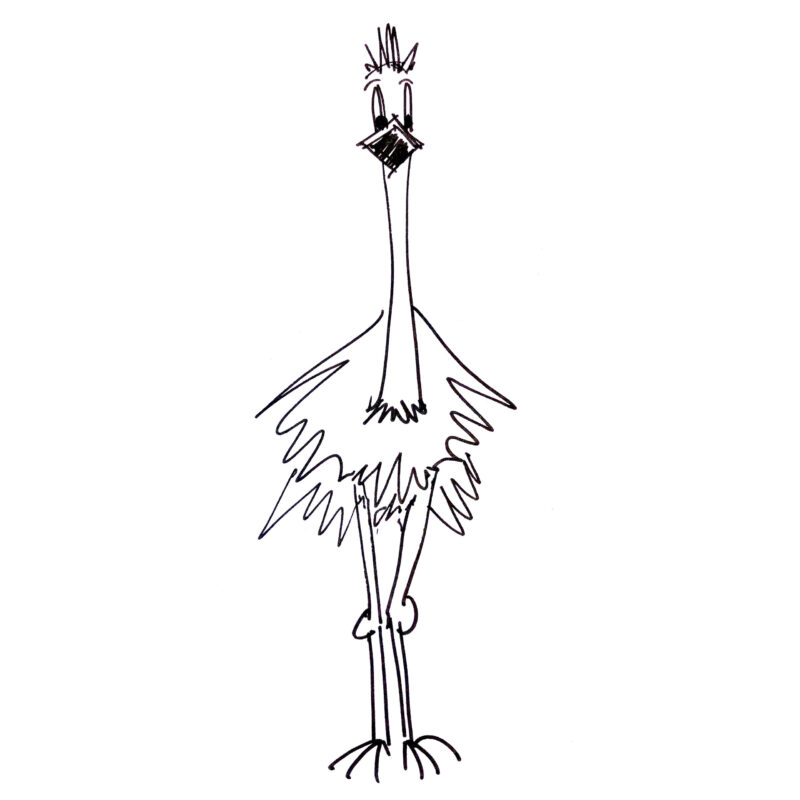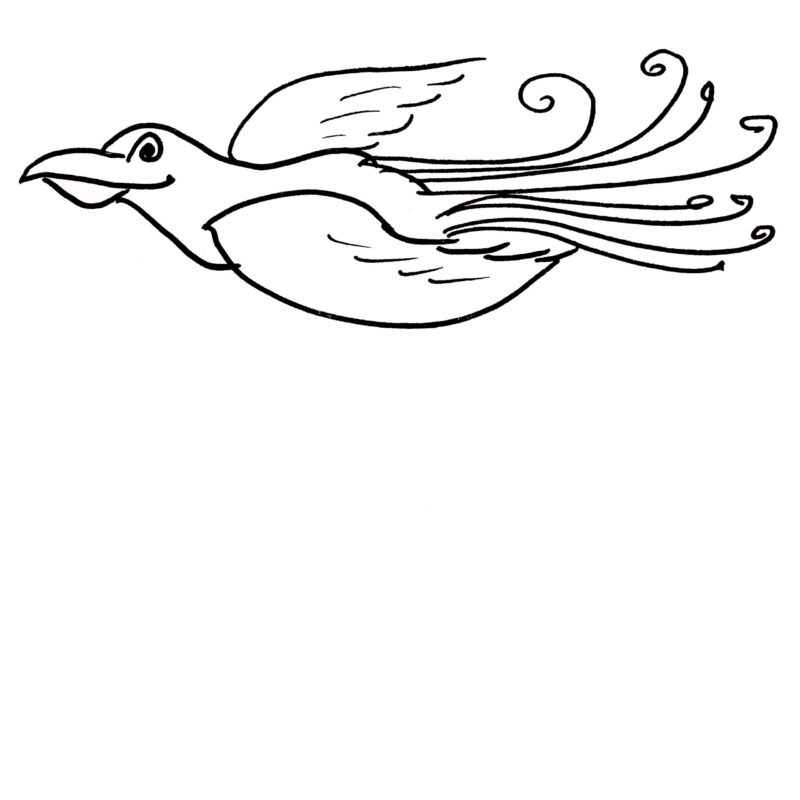Get Value: how much should translation cost?
Getting your money’s worth…
Before you start scouring the interwebs for a translator, let’s talk a little bit about price.
“How much is this translation going to cost me?” you wonder.
That’s an important question, BUT, there is a more important question you need to ask yourself first:
“How much is this translation WORTH to me?”
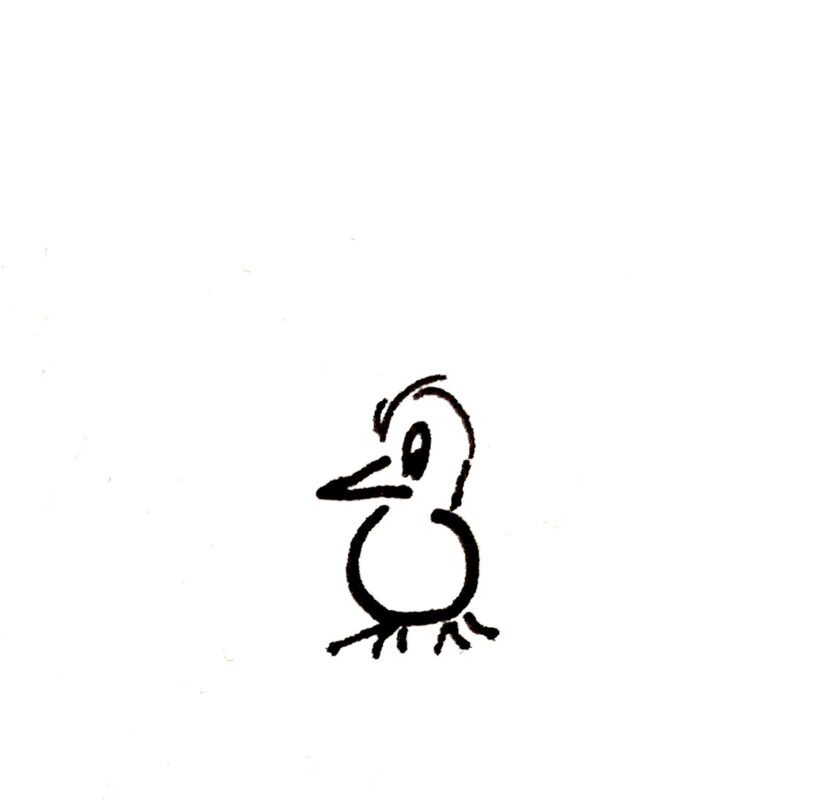
Lines and pages and words, oh my!
There are so many different ways of pricing a translation project, and so many different levels of price, that it can be hard to know how much you should be paying and if you are getting your money’s worth.
One of the most common ways to bill translation is based on the quantity of text, or actual words, to be translated.
This can be by:
- number of characters (or “keystrokes”)
- number of words
- number of lines
- number of pages
Not only can each of these vary by country, by language and by industry, but you’ll also want to know details like:
- Are spaces included?
- How many characters are in a line?
Time is money – or is it?
Billing by the hour is also common, and many translators will use more than one billing method depending on the scope and requirements of the project.
Pricing based on text length, or word count, may, at first glance, seem like the best option. You start with a known quantity billed at a known price. Pretty straightforward. In this way it is also easy to compare the prices of different translators.
But hang on… An important problem with this approach is that it can encourage the translator to work as fast as possible in order to maximize their income; incentivizing speed over quality is not the best way to ensure your translated text is as accurate or effective as it can be.
Of course, if you’re getting billed by the hour, you have the opposite problem. How do you know the translator is billing for a fair number of hours? Or to put it another way, how do you know you’re getting good value for money compared to other translators’ output?
And what about proofreading? Or editing? And is there a difference*? Will I need to hire two people to get one translation of the quality I need?
What about services like the ‘localization’** of a website or mobile app?
As you can see, pricing a translation project gets complicated fast!
* Yes, there is a difference. A proofreader is there to spot mistakes. An editor will help you produce better text.
** Localization is ‘translator-speak’ for how to adapt content for an international audience or a particular cultural group. The quadrant model from my first guide can help us avoid getting confused by industry jargon like this, since it helps us think in terms of translation jobs that are largely subjective, or creative.
Hint: “It is all about value… “
The complicated nature of translation is why we need to flip the problem around and think about the first question we asked ourselves… “What is this piece of translation worth to me?”, or, to put it another way: “What value is it going to add to my business, organisation, reputation or brand?”
Let’s take the example of a website. You need to ask yourself:
- WHY exactly am I having my website translated?
- WHAT is the ‘opportunity cost’ if I don’t get it translated?
- Will it ATTRACT foreign investment or other foreign partners?
- Will my translated site DELIVER more customers?
To figure out the value of a translation, let’s look again at the four-quadrant model from the first guide in our series: #1 Be Understood: how to create content in a foreign language.
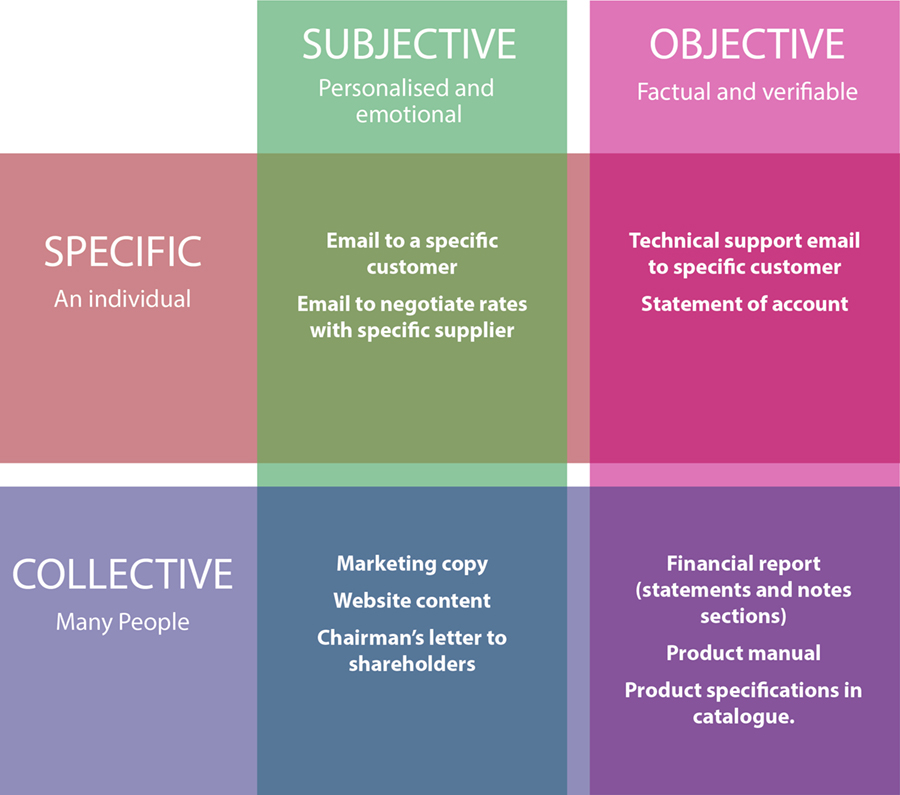
The value of creativity…
We’ll continue with the example of a website translation (or, again, ‘localization’).
In the quadrant diagram, a website project is on the ‘collective’ row, of course, but some of the content on the site will be more ‘subjective’ (creative) and some may be more ‘objective’ (factual). Does the subjective marketing copy give you the same value, or worth, as more objective content like, say, your privacy policy? Of course not.
Let’s take two examples to illustrate this point: a slogan or strapline, at one extreme, and your privacy policy at the other.
A slogan is worth a thousand words… or more!
“In it to win it!”
This is your current slogan and it is five words long. To make our calculations easy we will pick a translation billing rate of €0.10 per word. That means this slogan would cost you just €0.50 cents to translate.
However, the boring legal stuff, like your privacy policy is two thousand words. This would cost you €200, but this is text that, although needed, does virtually nothing to generate any business. And isn’t a well-translated slogan that gets over the spirit and sense of your business worth a lot more to you than just 50 cents?! Would you have confidence that a slogan you paid so little for actually conveys your intended message? Why not just run your slogan through Google Translate for free?
Of course, no self-respecting translator would translate your slogan for practically nothing. If your slogan was all you wanted to have translated, you would probably be billed by the hour or, more likely, by the project, since it can take as long (and likely longer) to come up with a slogan that truly reflects your original, as it would to translate 2,000 words of a privacy policy.
What would you pay for a high-quality slogan in a different language? €200? €1000? More? What’s the right slogan worth?
And what might be the cost to your business and brand reputation if you used a confused, silly or, worse, offensive slogan in a particular language?
“Pepsi brings your ancestors back from the dead.”
Lots of ‘sayings’, idioms and phrases cannot be directly translated into different languages, not forgetting cultural sensitivities. I’ve got a few examples of how direct translation could not only be incomprehensible to a foreign language reader, but also a cultural disaster.
After naming its popular all-terrain vehicle Pajero, Mitsubishi discovered that in Spanish this meant “wanker”. The name was quickly changed to Montero in Spain, but not without much brand embarrassment and head holding.
If you are Finnish and you want to encourage your English website visitors to rise early to get your great online deals, using the phrase “Ennen sian pieremää” may not get the reaction you hoped for, because it would be directly translated as “Before the pig’s fart”.
Legend has it that Pepsi too got hit by poor translation, alarming Chinese shoppers when its slogan “Come alive with Pepsi” directly translated to “Pepsi brings your ancestors back from the dead”.
So you can see how a poorly translated idiom or slogan could end up as a “cane in chiesa”, that’s a “dog in church” in Italian and, as such, is an unwanted guest in Italy and plenty of other places.
We will look at the translation of highly creative content in Translation Guide #5 “Creative Accuracy”.
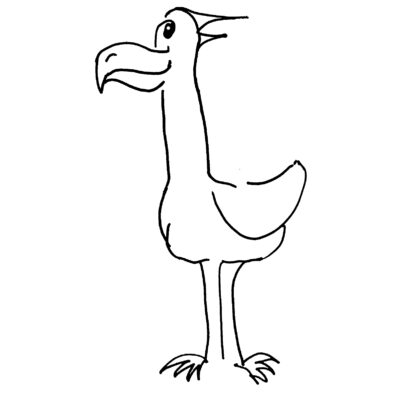
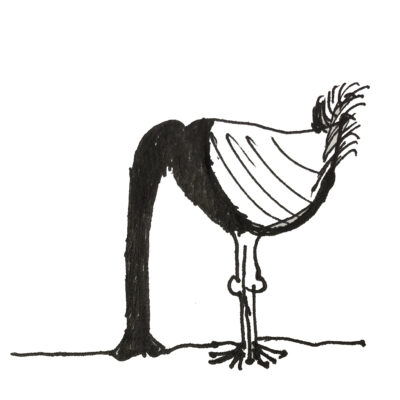
Get more bang for your buck…
This is why it’s important to think in terms of the ‘package’ of services that a truly professional, trusted translator can provide. Do they offer localization consultation to figure out the most effective way for your website to target a foreign market or particular cultural group? How do they manage and measure quality control? And what about ongoing updates? Or social media and blog content?
Instead of worrying about price per word, you should really focus on WHY you need the translation and what it’s WORTH to you, so that you can know the right questions to ask in order to find the right trusted professional.
Say your entire website is 5,000 words, Terms of Service and all. At a €0.10 per word fee, that would cost you just €500. Not bad for your whole website! But if all you did was take your current site and hand the copy over to a translator, who then just translated it directly and passed it back to you, what value are you going to get from this translated content? If you did nothing to adapt the translated site specifically for the intended market or culture, probably not much. And, as we’ve seen, you could become a laughingstock, or worse.
But what if you establish a relationship with someone who makes a real effort to understand your business and tell your story to your international target market effectively? Not only that, but who can offer rates or a package that reflects the differing needs of your content: recognizing that the more creative sales copy needs a different approach to the Privacy Policy? With this kind of support your translated website will really do its job bringing interest, engagement and income into your business that wouldn’t have been possible without it.
What would a service like that be worth to you? Probably a whole lot more than €500 and that’s why good translators are worth their weight in gold.
So, how much should you pay for translation?
Remember, you get what you pay for… And you should be prepared to invest in what you value.

Look back at things you’ve had translated in the past (or at something you’ll need translated in the future) consider how creative that text is, or how ‘culture-dependent’.
It’s likely that the more creative it is, the more value it will bring to your business and the more a high-quality translation will be worth to you.
Next in our series of free translation guide – #3 Know the Difference: between translation, transcreation and copywriting. We will be looking at the different approaches different translators have, organisations, specialisms and which one could be right for you.




